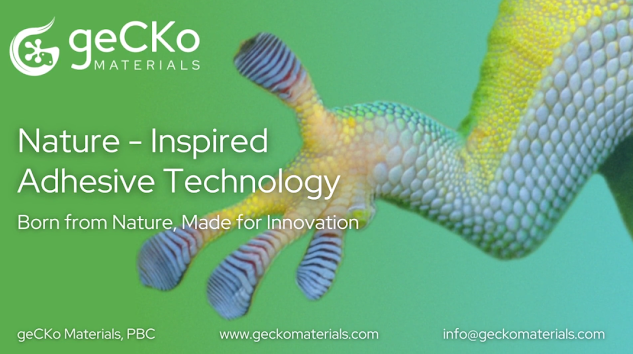Final Reflections
Module learning The goal that I set for myself at the beginning of the semester was to improve my confidence in terms of public speaking and communication with my peers. Throughout the semester, I have engaged in various activities and assignments, the most prominent of which are report writing and presentation, that have allowed me to work towards this goal. At the start of this module, I was prepared to do most of the work individually. However, right off the bat, the reader response topic that I picked paired me with someone to work with that also shared the same topic. I felt that it was out of my comfort zone as I preferred to write summaries and reports by myself, as that way I can police the work without the need to consult someone else. As every paired or group project goes, there will be differences in terms of writing styles and research priorities presented by different members. What was important at the start was to just write out a reader response that is good ...


